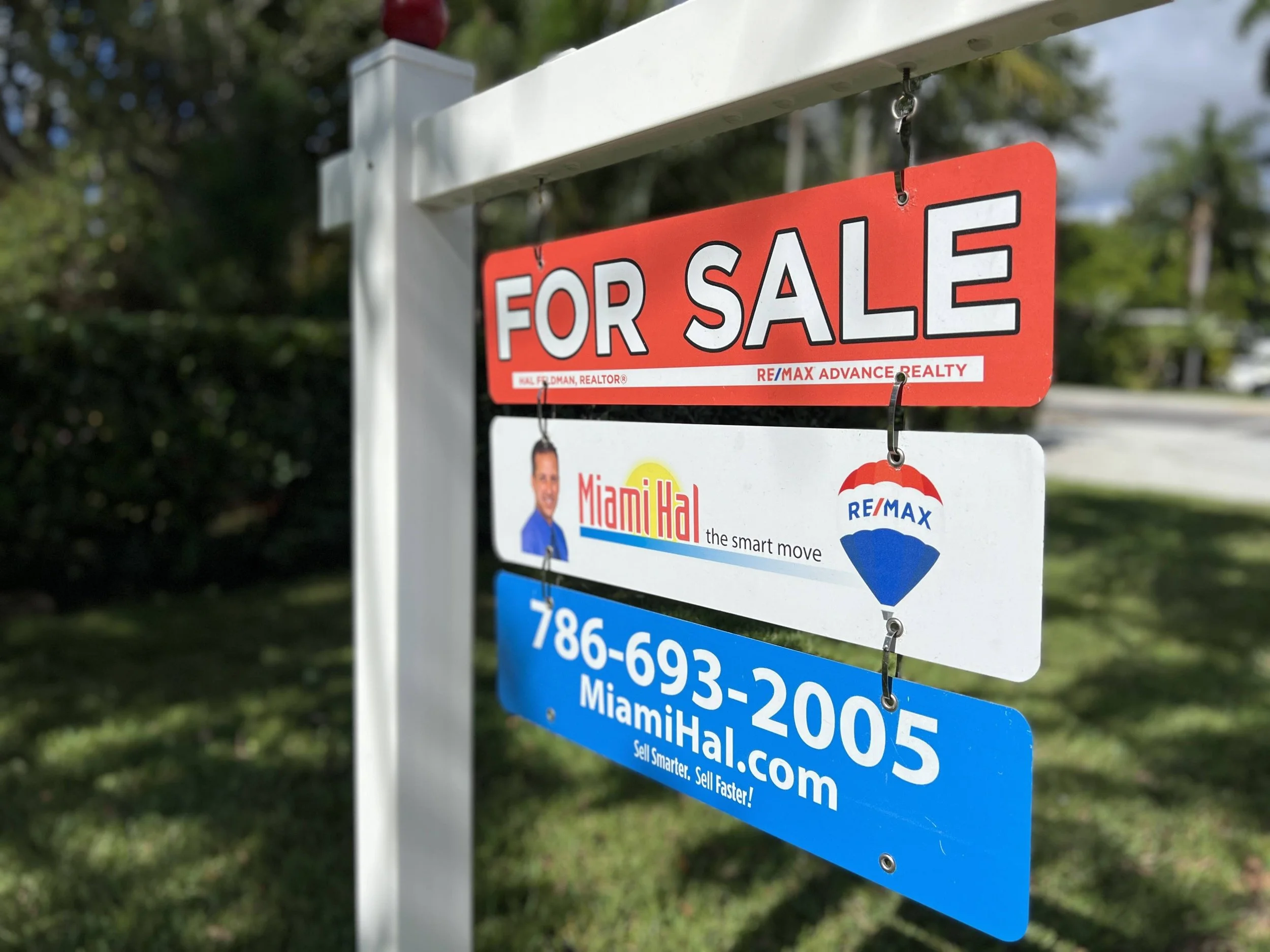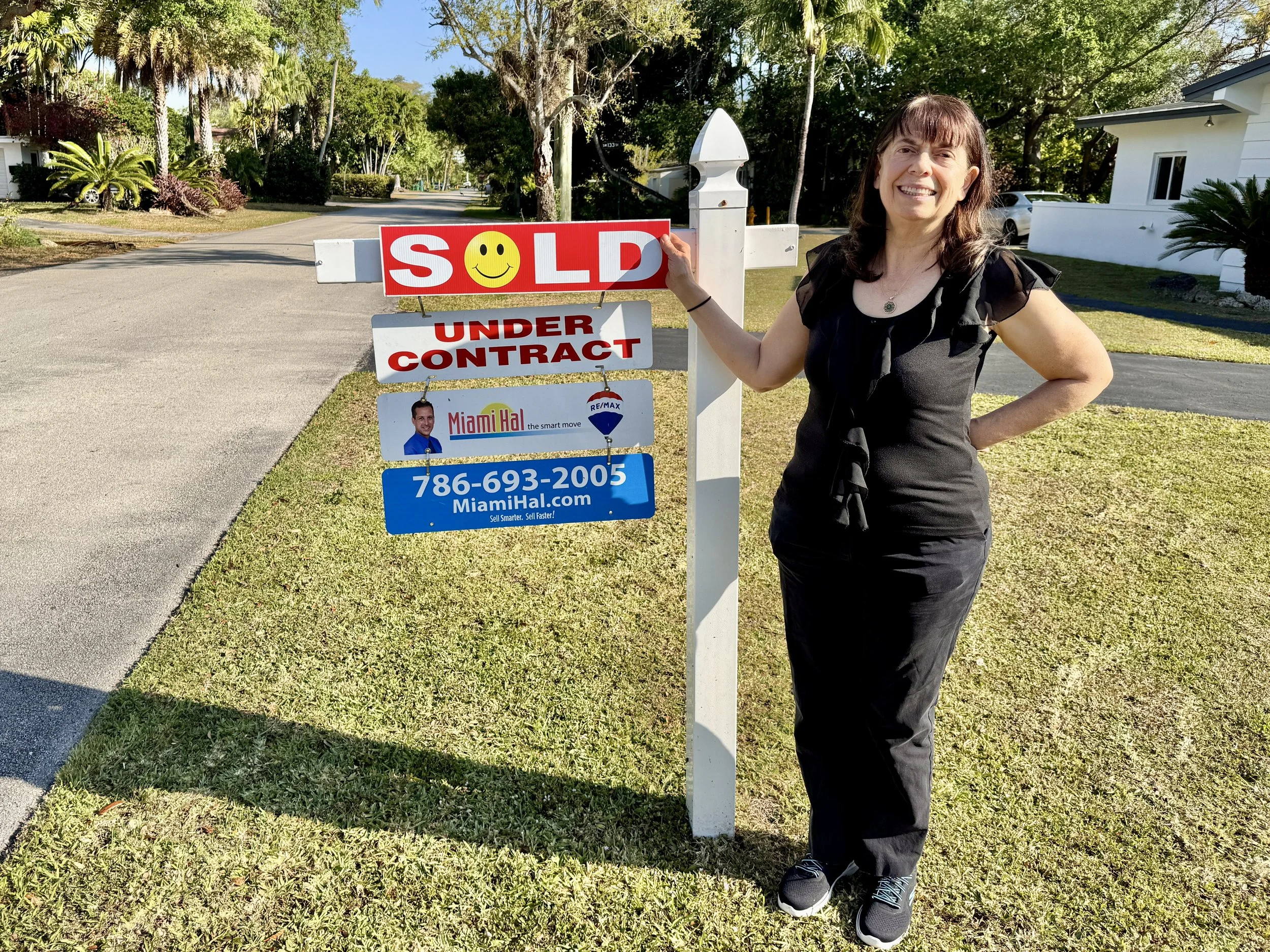Why You Shouldn’t Trust the Headlines When Buying or Selling in Pinecrest
/When it comes to real estate, there’s no shortage of headlines to catch your eye: “Home Prices Plummet Across the U.S.!” or “Real Estate Market Booming Again!” These dramatic statements might sell newspapers and generate clicks, but if you're buying or selling in Pinecrest, FL, relying on broad-brush national or even regional media narratives could lead you astray, sometimes disastrously so.
Mainstream media is designed to speak in averages, trends, and eye-catching generalizations. But real estate is hyper-local. What’s true in California simply doesn’t hold water in Pinecrest, where schools, lifestyle, zoning, and municipal policies create a market that plays by its own rules. If you're trying to make a serious decision about buying or selling in this Village, reading the headlines might give you a false sense of what’s actually going on in your own backyard.
The Danger of Averages in a Luxury Market
Let’s start with the way most media outlets present data: averages. In Pinecrest, where median home values hover well over $1.8 million and can climb far higher, using "average price" as a barometer of market health can be deeply misleading.
For example, if one month sees a flurry of $4 million estates sell in the northeast section, and the next month sees more $1.2 million listings close along busy 77th Avenue, the average price might suggest the market has "cooled" or "dropped." But in reality, this shift could simply reflect which segment of the Pinecrest market was more active—not a systemic devaluation of property.
The same applies in reverse. A few ultra-luxury home sales can easily skew the average upward, creating the illusion of a spike in values that doesn’t affect the bulk of homes on the market. These statistical swings become tabloid fodder but tell us very little about what your specific home—or the home you’re considering—might be worth.
The School Factor the Media Doesn’t Calculate
One of Pinecrest’s defining features is its renowned public and private schools. Pinecrest Elementary, Palmetto Middle, and Palmetto Senior High are crown jewels in the Miami-Dade public school system, and they exert powerful influence on home values. But this nuance is almost never captured in national data sets. A ZIP code might look stagnant on a heat map used by a national news outlet, yet within a few blocks of a top-rated school, prices are climbing due to sheer demand from families prioritizing education.
This is especially true during spring and summer, when families rush to move before the school year begins. It’s not uncommon for homes within walking distance of these schools to receive multiple offers above asking, even when the broader South Florida market appears sluggish.
So, when a national outlet reports that “Miami-area home sales have declined,” ask yourself: are they counting on-the-ground realities like the Pinecrest parent who’s willing to pay a premium just to get into the right school zone?
Zoning, Lot Sizes, and Village Politics Matter More Than You Think
Pinecrest is unique in another way that the media rarely captures: zoning and lot size restrictions that dramatically affect value. Unlike much of Miami-Dade County, Pinecrest prides itself on its one-acre lot minimums in certain areas, low-density development, and a suburban village feel that resists urban encroachment.
This plays out in very real ways. A buyer coming from Coral Gables or Coconut Grove might not immediately grasp why a 3,500 sq ft home on a 38,000 sq ft lot commands such a premium in Pinecrest—until they see what it’s like to live in a neighborhood where tree canopy, privacy, and silence are protected by local code. And yet, no mainstream market stat will show you this.
Village ordinances, neighborhood activism, and preservationist planning all contribute to market dynamics that resist the boom-and-bust cycles you see elsewhere in Miami-Dade County. Buyers and sellers who understand this tend to make better, more profitable decisions.
Interest Rates and Inventory: National Trends Don’t Apply Equally
We’ve all seen the headlines over the past two years: “High Interest Rates Freeze the Market.” While it’s true that borrowing costs affect everyone, Pinecrest is home to a disproportionate number of cash buyers or equity-rich sellers who are less sensitive to interest rate fluctuations.
In many cases, a Pinecrest buyer is moving equity from one home to another— often from a sale in New York, Chicago, or even South America. These buyers aren’t comparing 30-year mortgage rates. They’re evaluating school quality, safety, proximity to parks and transit, and long-term asset stability.
At the same time, Pinecrest’s inventory remains low. Village residents tend to stay put for longer — often raising their families here from kindergarten through high school. That means fewer listings, less turnover, and a tighter supply-demand balance than media narratives would suggest.
So, while the national press might declare a “buyers’ market,” that doesn’t mean you can walk into a Pinecrest open house and start lowballing. In fact, doing so could mean missing out entirely.
What You Should Do Instead
If you’re serious about buying or selling in Pinecrest, here’s what you should pay attention to:
Micro-neighborhood trends – What’s happening in your 5-block radius? Are homes sitting, or are they selling quickly?
School-year timing – Are buyers timing moves around school calendars? That affects listing strategy.
Inventory mix – Are there lots of homes like yours for sale? If not, you may be able to command a premium.
Actual closing prices – Not list prices. What are comparable homes actually selling for, and how long are they staying on the market?
Buyer profile shifts – Are out-of-state or international buyers increasing their footprint? What are they looking for?
Working with me, a local expert who lives and breathes Pinecrest real estate, is the most reliable way to cut through the noise. I have access to accurate, real-time sales data and understand the “invisible” factors that never make it into the headlines.
The Bottom Line
The real estate market in Pinecrest doesn’t behave like the rest of Miami, much less the country. It’s shaped by local governance, elite schools, lot sizes, and the deeply personal decisions of families who plan to stay for decades. The next time you read a headline about a collapsing market or a buying frenzy, take a breath and take a walk around your neighborhood instead.
This is especially true during spring and summer, when families rush to move before the school year begins. It’s not uncommon for homes within walking distance of these schools to receive multiple offers above asking, even when the broader South Florida market appears sluggish.
So, when a national outlet reports that “Miami-area home sales have declined,” ask yourself: are they counting on-the-ground realities like the Pinecrest parent who’s willing to pay a premium just to get into the right school zone?
Zoning, Lot Sizes, and Village Politics Matter More Than You Think
Pinecrest is unique in another way that the media rarely captures: zoning and lot size restrictions that dramatically affect value. Unlike much of Miami-Dade County, Pinecrest prides itself on its one-acre lot minimums in certain areas, low-density development, and a suburban village feel that resists urban encroachment.
This plays out in very real ways. A buyer coming from Coral Gables or Coconut Grove might not immediately grasp why a 3,500 sq ft home on a 38,000 sq ft lot commands such a premium in Pinecrest—until they see what it’s like to live in a neighborhood where tree canopy, privacy, and silence are protected by local code. And yet, no mainstream market stat will show you this.
Village ordinances, neighborhood activism, and preservationist planning all contribute to market dynamics that resist the boom-and-bust cycles you see elsewhere in Miami-Dade County. Buyers and sellers who understand this tend to make better, more profitable decisions.
Interest Rates and Inventory: National Trends Don’t Apply Equally
We’ve all seen the headlines over the past two years: “High Interest Rates Freeze the Market.” While it’s true that borrowing costs affect everyone, Pinecrest is home to a disproportionate number of cash buyers or equity-rich sellers who are less sensitive to interest rate fluctuations.
In many cases, a Pinecrest buyer is moving equity from one home to another— often from a sale in New York, Chicago, or even South America. These buyers aren’t comparing 30-year mortgage rates. They’re evaluating school quality, safety, proximity to parks and transit, and long-term asset stability.
At the same time, Pinecrest’s inventory remains low. Village residents tend to stay put for longer — often raising their families here from kindergarten through high school. That means fewer listings, less turnover, and a tighter supply-demand balance than media narratives would suggest.
So, while the national press might declare a “buyers’ market,” that doesn’t mean you can walk into a Pinecrest open house and start lowballing. In fact, doing so could mean missing out entirely.
What You Should Do Instead
If you’re serious about buying or selling in Pinecrest, here’s what you should pay attention to:
Micro-neighborhood trends – What’s happening in your 5-block radius? Are homes sitting, or are they selling quickly?
School-year timing – Are buyers timing moves around school calendars? That affects listing strategy.
Inventory mix – Are there lots of homes like yours for sale? If not, you may be able to command a premium.
Actual closing prices – Not list prices. What are comparable homes actually selling for, and how long are they staying on the market?
Buyer profile shifts – Are out-of-state or international buyers increasing their footprint? What are they looking for?
Working with me, a local expert who lives and breathes Pinecrest real estate, is the most reliable way to cut through the noise. I have access to accurate, real-time sales data and understand the “invisible” factors that never make it into the headlines.
The Bottom Line
The real estate market in Pinecrest doesn’t behave like the rest of Miami, much less the country. It’s shaped by local governance, elite schools, lot sizes, and the deeply personal decisions of families who plan to stay for decades. The next time you read a headline about a collapsing market or a buying frenzy, take a breath and take a walk around your neighborhood instead.




